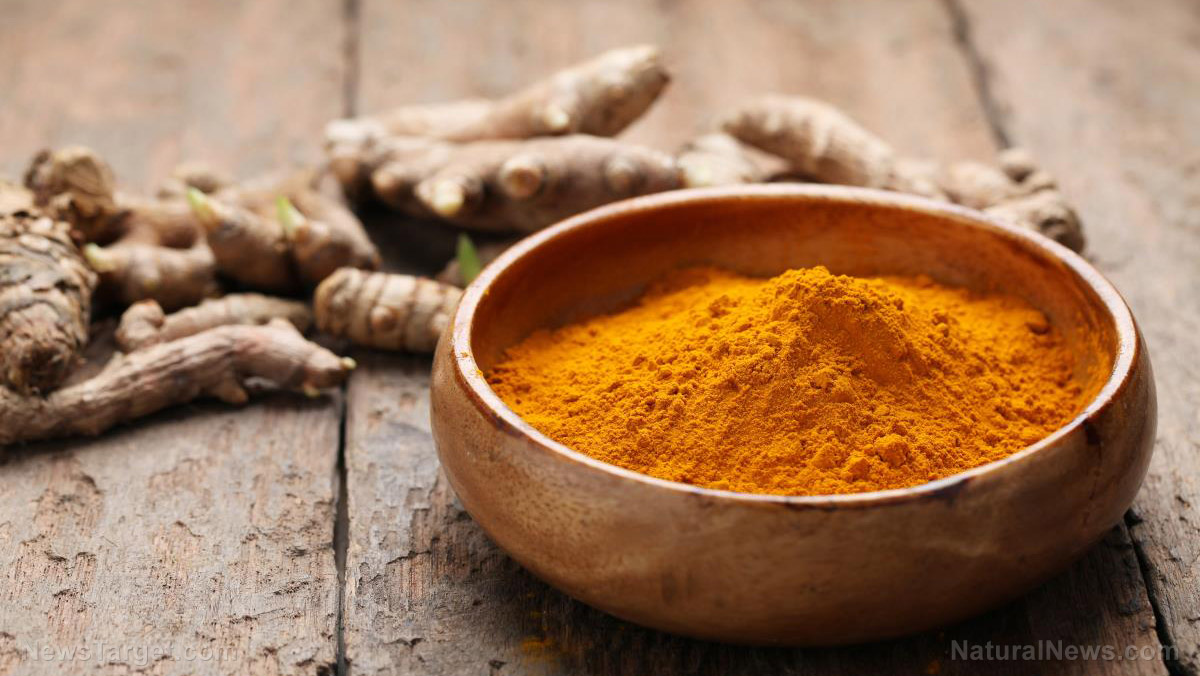A species of hawthorn has been found to control abnormally high blood sugar levels
03/12/2019 / By Ralph Flores

Researchers from the Middle East found that a species of hawthorn can be used to manage blood sugar levels. In their study, which was published in the journal BMC Complementary and Alternative Medicine, they identified Crete hawthorn (Crataegus azarolus), a plant native to the Mediterranean Basin, to have anti-hyperglycemic properties – that is, the ability to lower elevated levels of glucose in the blood.
The team looked not only at the plant’s anti-hyperglycemic properties but also its ability to protect the body against increased levels of fats such as cholesterol in the bloodstream. The condition — referred to as hyperlipidemia — is a typical complication in people with diabetes and can lead to cardiovascular disease.
In the study, they used mice treated with alloxan to induce hyperglycemia. The mice were then divided into groups, with some receiving an ethanol extract from Crete hawthorn leaves while others were given glibenclamide for positive control. Another animal model was also used by the team, this time, to determine its anti-hyperlipidemic effects. They also obtained isolated compounds and extracts from Crete hawthorn and used these to measure its antioxidant and antimicrobial properties, as well as its phytochemical components.
Based on the findings, the team found that Crete hawthorn had potent antioxidant properties; in particular, the ethanol extract from the leaf exhibited the highest antioxidant activity, compared with other derivatives. They also found that the plant contained phenols and flavonoids that have known health benefits. For instance, ursolic acid — one of the plant’s active ingredients — has been studied for its anti-hyperlipidemic, anti-cancer, and anti-inflammatory properties, among others. Other bioactive ingredients, such as quercetin, rutin, ellagic acid, and salicylic acid, were also found to be potent antioxidants.
The team also found that Crete hawthorn can protect against a number of pathogenic microorganisms, including Escherichia coli, Pseudomonas aeruginosa, Staphylococcus aureus, and Candida albicans. According to researchers, this is because of the plant’s ability to support the immune system in fighting the infection.
“The current study demonstrates the efficiency of the leaves extract of C. azarolus var. eu-azarolus Maire [or Crete hawthorn] in controlling hyperglycemia with its associated complications such as infection and dyslipidemia,” the researchers concluded in their report.
More medicinal plants that can help in treating diabetes
Medicinal plants, for the most part, aren’t just limited to plants that grow in remote regions. Surprisingly, some of the most potent medicinal plants for treating diabetes are those which have been used for a long time.
- Okra — In a 2013 study, researchers found that both aqueous and dried powdered okra extracts were able to reduce blood glucose level after two weeks, based on an animal study of alloxan-induced rats.
- Onions — Studies have shown that quercetin, a flavonoid present in onions, can reduce blood sugar, lipid peroxidation, and even oxidative stress.
- Milk thistle — Silymarin, the active ingredient in milk thistle, has been shown to have anti-hyperglycemic properties. A clinical trial involving diabetic patients showed that those who took silymarin supplements for four months had significant improvements in their glycemic profile.
- Guggul — A tree native to the Indian Subcontinent, guggul has been widely used in traditional medicine for treating diabetes.
- Banaba — The medicinal plant, found in Southeast Asia, is known for its ability to reduce blood sugar levels, which is comparable to that of insulin.
- Garlic — The plant is known for its many health benefits. In particular, studies have shown that aqueous extracts from garlic can improve insulin resistance in diabetic patients.
Find out more herbs that help manage elevated sugar levels at Herbs.news today.
Sources include:
BMCComplementAlternMed.BioMedCentral.com
Submit a correction >>
Tagged Under:
alternative medicine, anti-diabetes, Antimicrobial, blood sugar, diabetes, herbal medicine, hyperglycemia, hyperlipidemia, natural cures, natural medicine, natural remedies, plant cures, plant medicine
This article may contain statements that reflect the opinion of the author
RECENT NEWS & ARTICLES
COPYRIGHT © 2017 REMEDIES NEWS





















